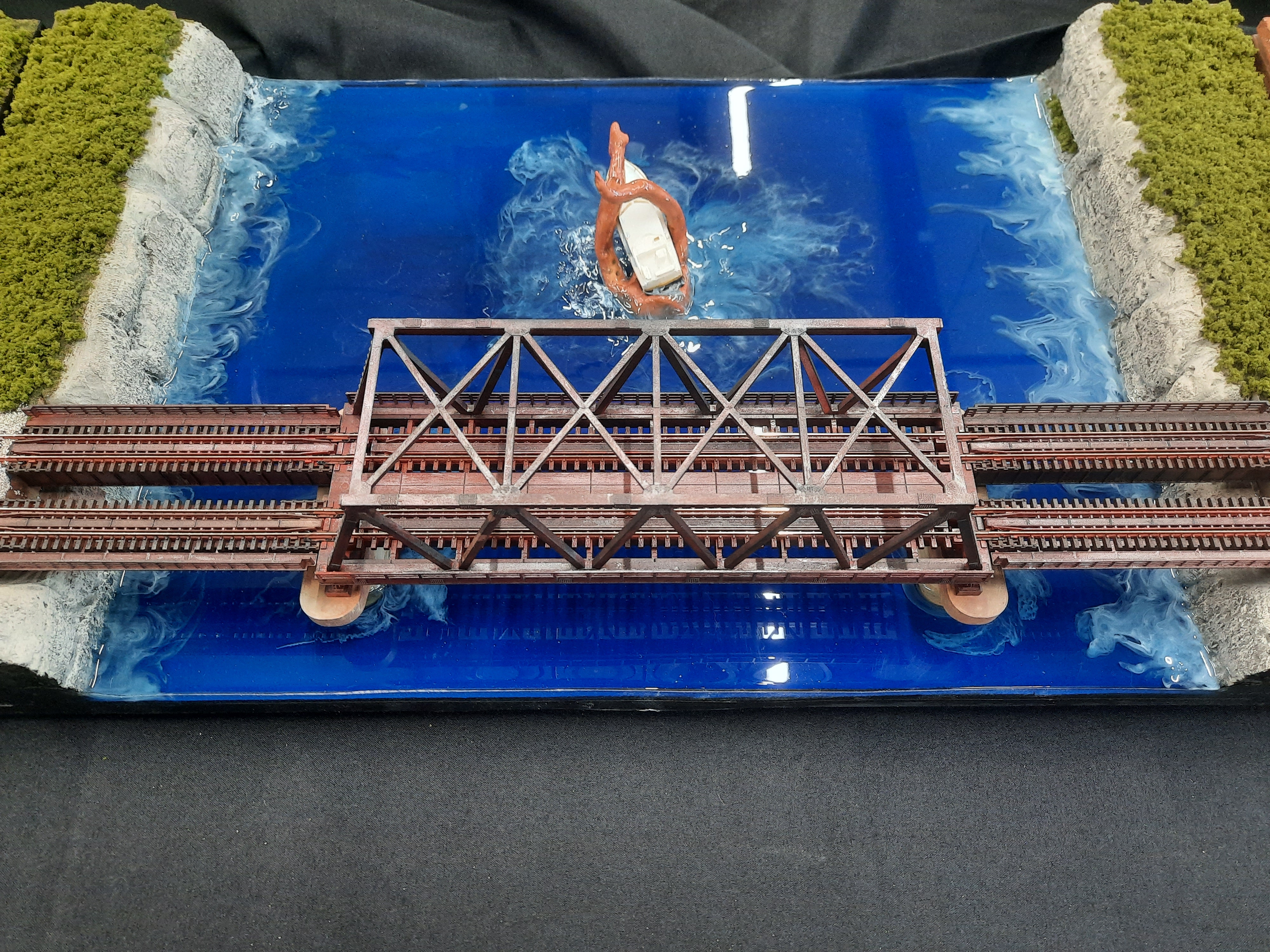Weathering and Detailing Locomotives and Rolling Stock for Model Railroading
Model railroading is a captivating hobby that allows enthusiasts to recreate miniature versions of the vast and intricate railway systems that crisscross the world. One crucial aspect that adds realism and character to a model railroad layout is the weathering and detailing of locomotives and rolling stock. Weathering involves replicating the wear and tear that real trains endure over time, while detailing enhances the overall appearance and accuracy of the models. In this article, we will explore the techniques and tools used for weathering and detailing locomotives and rolling stock in the realm of model railroading.

Weathering Techniques
In the world of model railroading, where meticulous craftsmanship meets a passion for realism, weathering techniques emerge as an indispensable art form. Weathering is the process of replicating the wear and tear that real trains endure over time, injecting character and authenticity into scale models. From the subtle strokes of dry brushing to the versatile finesse of airbrushing, and the tactile application of weathering powders and washes, this article delves into the diverse arsenal of weathering techniques available to model railroaders. As we explore the intricacies of simulating rust, grime, and accumulated dust, we unveil the secrets that transform pristine models into weathered, lifelike replicas of their full-sized counterparts. Whether you're a seasoned hobbyist or a newcomer to the world of model railroading, mastering these weathering techniques is the key to creating visually stunning layouts that capture the essence of a railway's journey through time.
- Dry Brushing:
- Airbrushing:
- Airbrushing is a versatile technique that allows for subtle weathering effects. Diluted paint or weathering powders can be sprayed onto the model, creating a more gradual and realistic appearance of grime, dust, and rust.
- Weathering Powders:
- Weathering powders, available in various colors, are applied with a brush to simulate dust, dirt, and rust. These powders can be sealed with a clear matte finish to preserve the weathering effect.
- Washes:
- Applying washes involves thinning paint and allowing it to flow into crevices and details, creating shadows and accentuating the model's features. This technique is effective for replicating oil stains and accumulated grime.
- Chalks and Pastels:
- Ground chalks or pastels can be ground into a powder and applied to the model with a brush. This technique is particularly useful for creating rust effects or simulating dirt accumulation on the lower portions of the locomotive or rolling stock.

Detailing Techniques
- Adding Fine Details:
- Enhance the realism of your models by adding small details such as grab irons, air hoses, brake lines, and other prototypical features. Aftermarket detailing parts are available for many popular model scales. HO Scale Detail Parts N Scale Detail Parts
- Decals and Stencils:
- Apply custom decals and stencils to replicate the logos, numbers, and warning labels found on real trains. This adds authenticity and character to the models.
- Interior Details:
- If your models have visible interiors, consider adding details such as seats, control panels, and figures to make them more lifelike.
- LED Lighting:
- Install LED lighting to illuminate the headlights, marker lights, and interiors of your locomotives and rolling stock. This not only adds realism but also enhances the visual appeal of your models.
- Weatherproofing:
- Protect the weathering and detailing work by applying a clear matte finish over the entire model. This not only seals in the weathering effects but also protects the paint and decals from wear and fading over time.
Weathering and detailing locomotives and rolling stock is a rewarding aspect of model railroading that allows hobbyists to bring their layouts to life. By employing a variety of techniques and using the right tools and materials, model railroaders can achieve realistic and visually striking results. Experimentation and practice are key, as each model and layout presents unique challenges and opportunities for creative expression. So, roll up your sleeves, gather your supplies, and transform your models into miniature masterpieces that capture the essence of real-world railroads.
Photos taken of a T Track module created by Brian and Bailey Mills currently on display as part of the KC T Nuts N Scale T Track layout in store at Midwest Model Railroad.
Recent Posts
-
Prototype Spotlight: GE ES44AC — Modeling a Modern Freight Workhorse
Prototype Spotlight: GE ES44AC — Modeling a Modern Freight Workhorse Published 2025-09-29• 8–10 min
-
How to Build a Realistic Freight Yard: Flow, Trackwork, and Car Management
How to Build a Realistic Freight Yard: Flow, Trackwork, and Car Management Published 2025-09-25 • 8
-
Scenery Basics: From Foam to Foliage — A Quick, Budget-Friendly Guide | Midwest Model Railroad
Modeling Tutorial Scenery Basics: From Foam to Foliage Published 2025-09-23 · 7–9 minute read Li




